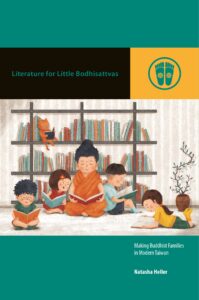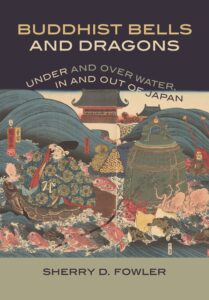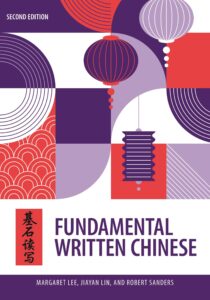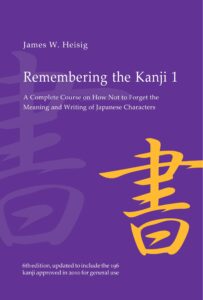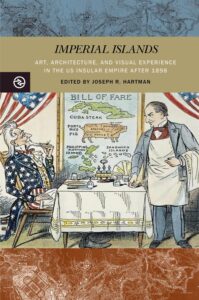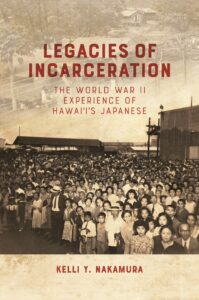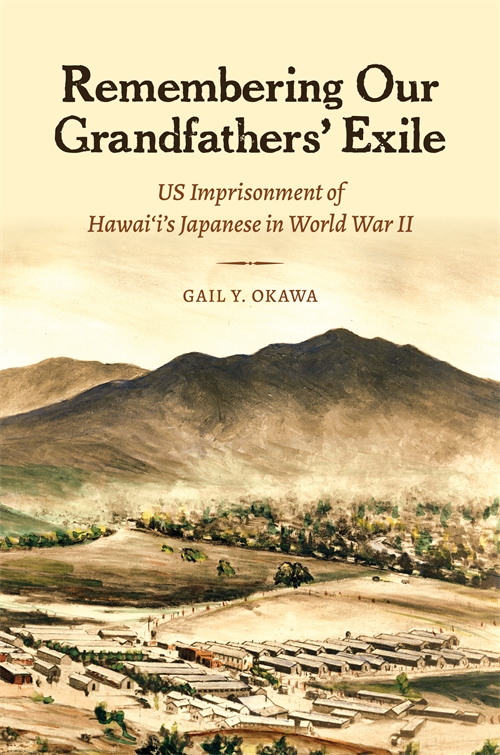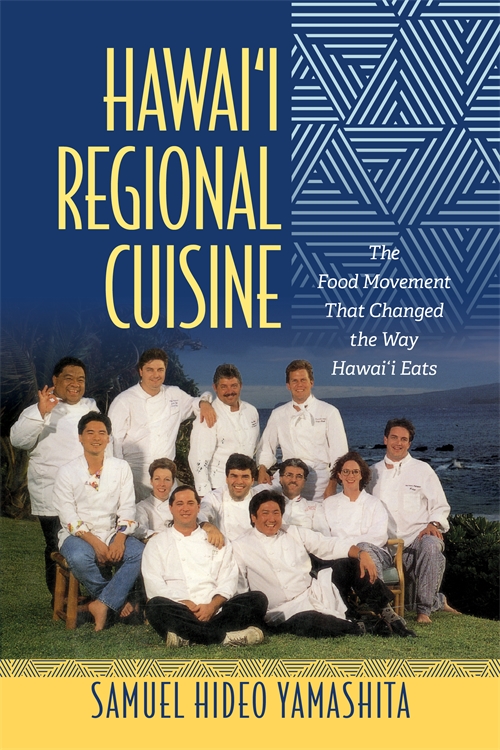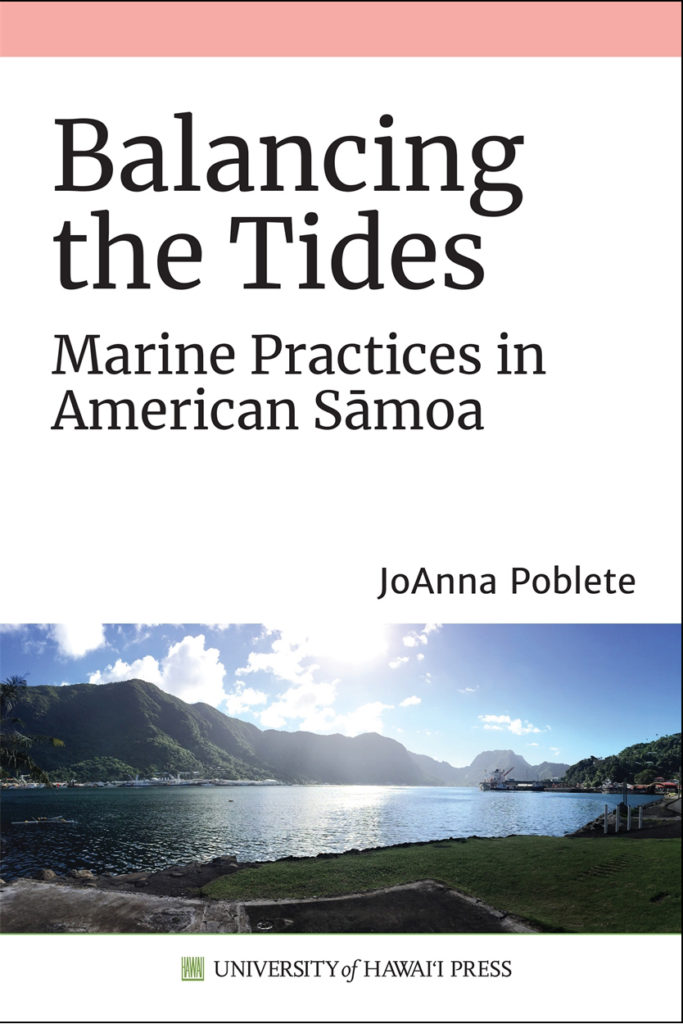November is our busiest month for conference exhibits and this year is no exception. Find our staff at these in-person events from Boston to New Orleans to San Juan!
Category: American studies
Recognizing Black History Month with Free Journal Content in February
In recognition of Black History Month, we offer the following journals, articles, and reviews. We invite you to explore and enjoy the following journal content online free through February 2022.
Journals Issues:

biography: an interdisciplinary quarterly
Volume 41, Number 4 (Fall 2018)
Special Issue: M4BL and the Critical Matter of Black Lives
Introduction by Guest Editors Britney Cooper and Treva B. Lindsey:
Understanding the stories presented in this special issue as simultaneously about violence, resistance, (in)justice, and freedom, we center interrogations and representations of individual and collective Black lives to unearth both the possibilities and potential challenges for those living and fighting in the era of the Movement for Black Lives. In our call for papers, we offered these questions: What does “life” mean in the context of M4BL? What is the fundamental
meaning of “lives” when centering those on the margins? Each of these pieces directly and indirectly responds to these questions. As editors, we continually converse about the distinction between Black lives and Black life, while always connecting through our unwavering commitment to both.
Find more research articles and reviews at Project MUSE.

biography: an interdisciplinary quarterly
Volume 36, Issue 3 (Summer 2013)
Special Issue: “He the One We All Knew”
Guest Contributor Njoroge Njoroge reflects on this issues dedication on the life and thought of El-Hajj Malik El-Shabazz known to most of Malcolm X. In reference to the compilation of articles in this issue Njoroge explains:
This cluster of essays is another re-discovery of Malcolm, one that attempts to give context and feeling to the life, world, words, and works of Malcolm. The collection is a modest contribution to the ongoing discussion, reevaluation, and interpretation of the life and political thought of Malcolm X. By examining the man and his times, in light of old wisdom and new scholarship, we can come to a better appreciation of Malcolm, the man and the myth. Each of the authors presents us with different “Malcolms”: He the one we all knew.
Find more research articles and reviews at Project MUSE.
Journal Articles:
biography: an interdisciplinary quarterly
Black Biography in the Service of a Revolution: Martin R. Delany in Afro-American Historiography
By Tunde Adeleke
Volume 17, Number 3, Summer 1994
African American Pioneers in Anthropology (review)
By B. C. Harrison
Volume 23, Number 2, Spring 2000
Biography and the Political Unconscious: Ellison, Toomer, Jameson, and the Politics of Symptomatic Reading
By Barbara Foley
Volume 36, Number 4, Fall 2013
Digression, Slavery, and Failing to Return in the Narrative of the Sufferings of Lewis Clarke
By Michael A. Chaney
Volume 39, Number 4, Fall 2016
Obituarizing Black Maleness, Obituarizing Prince
By Steven W. Thrasher
Volume 41, Number 1, Winter 2018
Call My Name: Using Biographical Storytelling to Reconceptualize the History of African Americans at Clemson University
By Rhondda Robinson Thomas
Volume 42, Number 3, Summer 2019
Buddhist-Christian Studies: Official Journal of the Society for Buddhist-Christian Studies
The Practice of Double Belonging and Afro-Buddhist Identity in Jan Willis’s Dreaming Me
By, Carolyn Medine
Volume 40, 2020
Black and Buddhist: What Buddhism Can Teach Us About Race, Resilience, Transformation, and Freedom ed. by Pamela Ayo Yetunde and Cheryl Giles, and: Buddhist-Christian Dialogue, U.S. Law, and Womanist Theology for Transgender Spiritual Care by Pamela Ayo Yetunde (review)
By Carolyn Jones Medine
Volume 41, 2021
Journal of World History: Official Journal of the World History Association
Coloring Universal History: Robert Benjamin Lewis’s Light and Truth (1843) and William Wells Brown’s The Black Man (1863)
By Marnie Hughes-Warrington
Volume 20, Number 1, March 2009
Jazz and the Evolution of Black American Cosmopolitanism in Interwar Paris
By Rachel Gillett
Volume 21, Number 3, September 2010
“Town of God”: Ota Benga, the Batetela Boys, and the Promise of Black America
By Karen Sotiropoulos
Volume 26, Number 1, March 2015
MĀNOA: A Pacific Journal of International Writing
Six Poems from Harlem Shadows
By Claude McKay
Volume 31, Number 2, (2019)
whatdoesfreemean?
By Catherine Filloux
Volume 32, Number 1 (2020)
Passing the Fire
By Wayne Karlin
Volume 32, Number 1 (2020)
I Investigate Lynchings
Walter White
Volume 32, Number 1 (2020)
Yearbook of the Association of Pacific Coast Geographers
The Black Settlers on Saltspring Island, Canada, in the Nineteenth Century
By Charles C. Irby
Volume 36, 1974
January is Kalaupapa Month
Published twice a year since 1989 by the University of Hawaiʻi Press, Mānoa: A Pacific Journal of International Writing has two issues of special interest to readers this month, which has been designated Kalaupapa Month by the Hawaiʻi state government and celebrates two important figures. Father Damien, the Belgian priest who cared for victims of leprosy at Kalaupapa, Molokaʻi, was born on the 3rd, and civil rights leader Martin Luther King Jr. was born on the 15th.
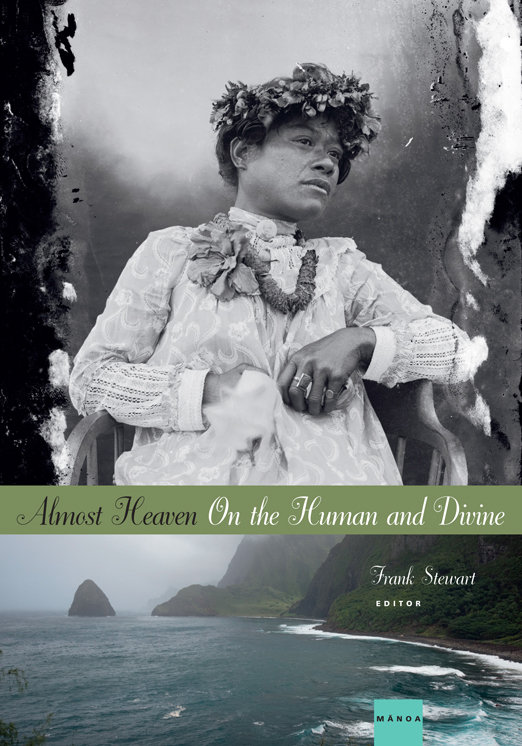
Almost Heaven: On the Human and Divine (winter 2011) presents Aldyth Morris’s play Damien in its entirety, plus a set of images reproduced from glass-plate negatives made at Kalaupapa in the early twentieth century. The images are from the collection of the Congregation of the Sacred Hearts United States Province. Morris was a Hawaiʻi playwright who received the Hawaiʻi Award for Literature in 1978 and worked for many years at UH Press.
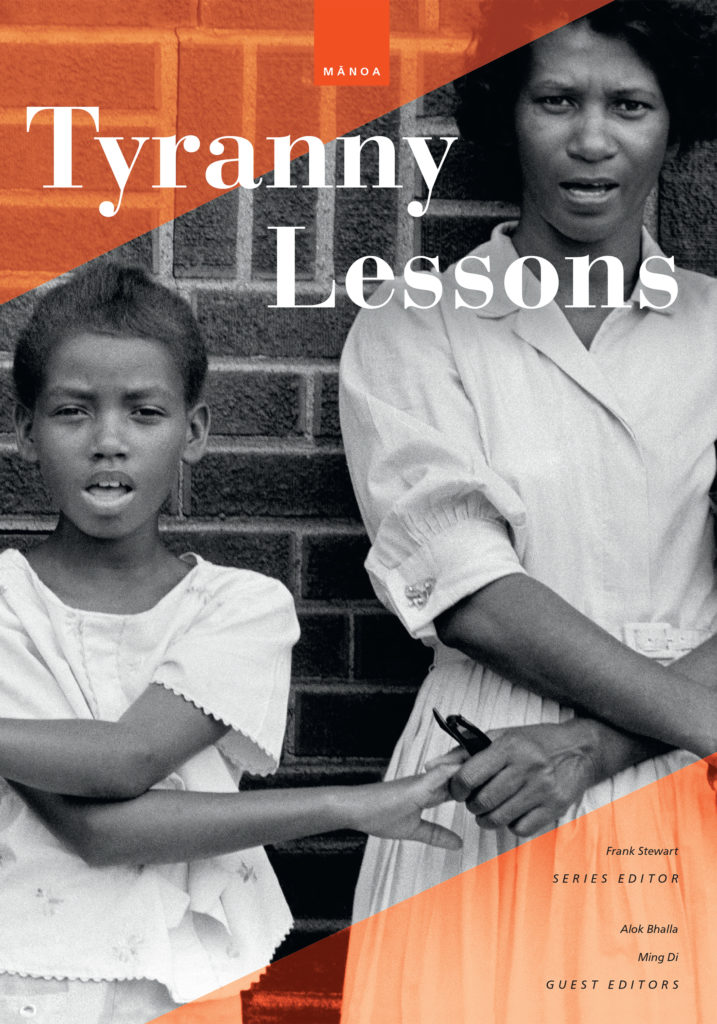
Tyranny Lessons: International Prose, Poetry, and Performance (summer 2020) features photographs from the 1960s by Danny Lyon from his book Memories of the Southern Civil Rights Movement. Lyon was the first photographer of the Student Non-violent Coordinating Committee and was jailed alongside Martin Luther King Jr. Working next to activists such as Julian Bond and Howard Zinn, he captured sit-ins, church bombings, speeches by John Lewis and other leaders, and the arrest and jailing of protestors.
Members of the UH community can view these works for free at Project Muse.
Links:
• Star-Advertiser article on Kalaupapa Month https://www.staradvertiser.com/2022/01/07/hawaii-news/
in-january-kalaupapa-month-hawaiians-reclaim-loved-ones/
• Mānoa website https://manoa.hawaii.edu/manoajournal/
• Almost Heaven https://muse.jhu.edu/issue/25083
• Tyranny Lessons https://muse.jhu.edu/issue/42693
AAAS Virtual Book Fair
We are pleased to participate in the inaugural AAAS Virtual Book Fair (August 10–14, 2020) organized by the Association for Asian American Studies (AAAS) to highlight recent titles released by university presses, especially ones by AAAS members. With the cancellation of the in-person annual meeting, this virtual event fills the gap to celebrate the fine works published in Asian American and Pacific Islander studies. Here is a selection of our new and recent titles in the field:
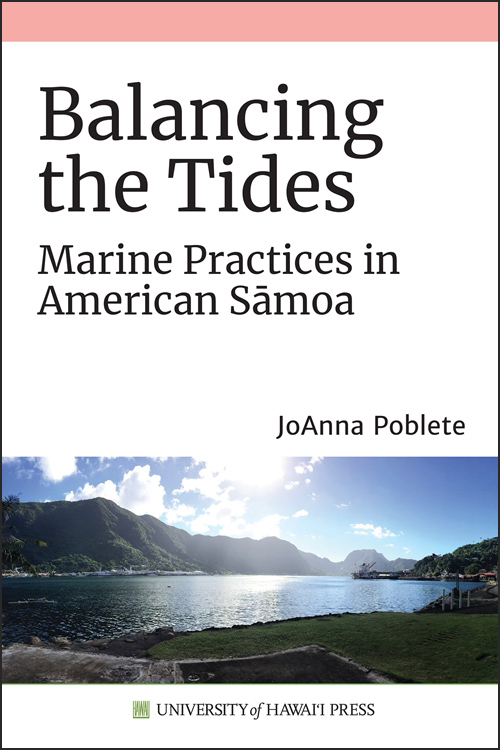
Balancing the Tides: Marine Practices in American Sāmoa
JoAnna Poblete
Also available in open-access editions.
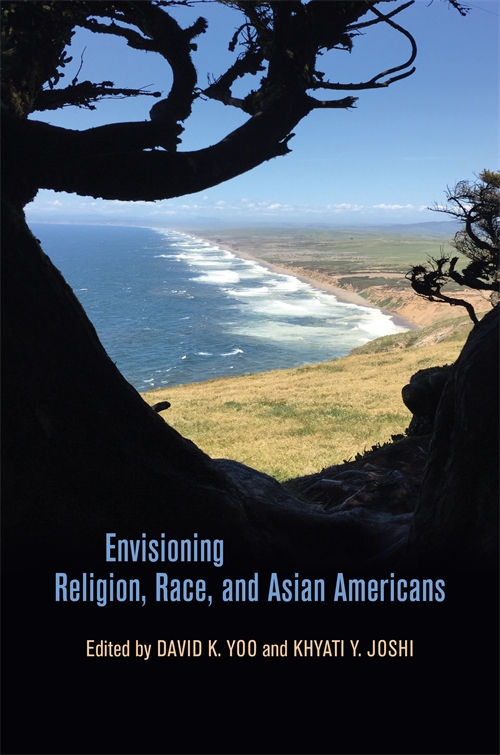
Envisioning Religion, Race, and Asian Americans
Edited by David K. Yoo and Khyati Y. Joshi
Intersections: Asian and Pacific American Transcultural Studies
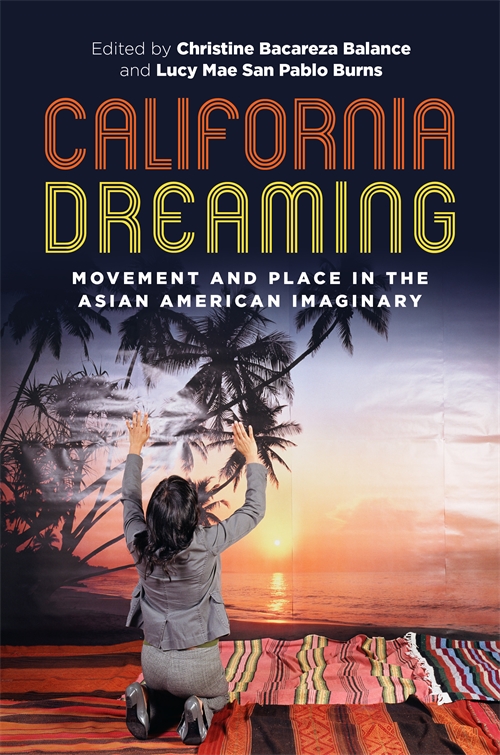
California Dreaming: Movement and Place in the Asian American Imaginary
Edited by Christine Bacareza Balance and Lucy Mae San Pablo Burns
(Available September 2020)
Intersections: Asian and Pacific American Transcultural Studies
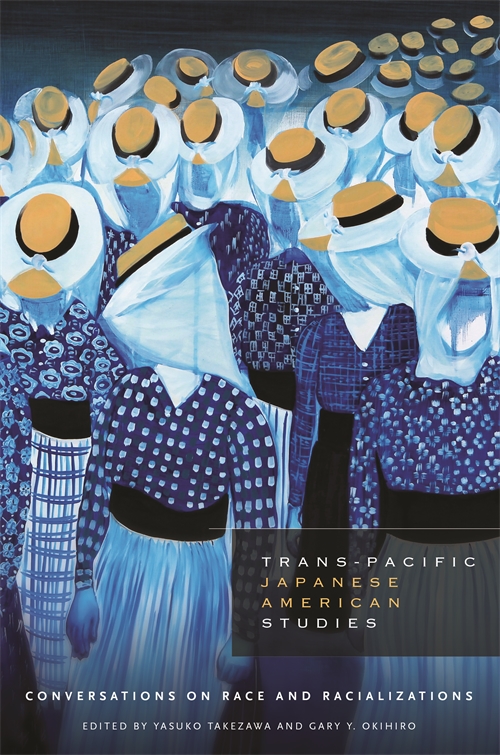
Trans-Pacific Japanese American Studies: Conversations on Race and Racializations
Edited by Yasuko Takezawa and Gary Y. Okihiro
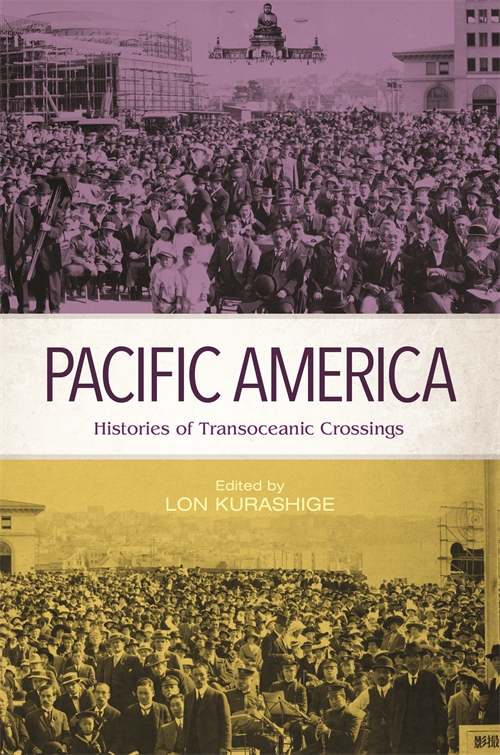
Pacific America: Histories of Transoceanic Crossings
Edited by Lon Kurashige
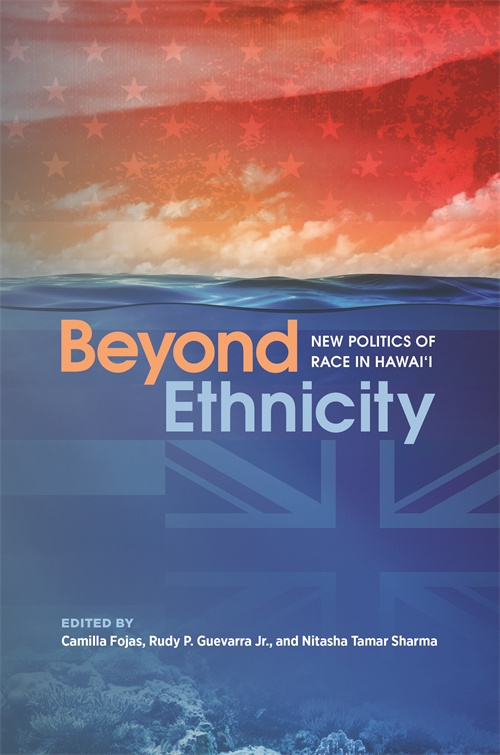
Beyond Ethnicity: New Politics of Race in Hawai‘i
Edited by Camilla Fojas, Rudy P. Guevarra Jr., and Nitasha Tamar Sharma

The Past before Us: Mo‘okū‘auhau as Methodology
Edited by Nālani Wilson-Hokowhitu

Karen Tei Yamashita: Fictions of Magic and Memory
Edited by A. Robert Lee
Announcing Open Access for a new Pacific title!
University of Hawai‘i Press proudly announces the publication of its first born-digital, open-access monograph: JoAnna Poblete’s Balancing the Tides: Marine Practices in American Sāmoa, now available in both complimentary electronic and for-purchase print formats.
| Download an open access copy today! |
|
ScholarSpace |
About the Book
“Poblete’s Balancing the Tides is remarkable for its focus on the impact of U.S. federal policies in American Sāmoa. Whether she is discussing federal minimum wage debates or examining federal fishing regulations, Poblete shows how Americans and Sāmoans alike shape and are shaped by the forceful and sometimes flexible nature of U.S. federal marine-related management in American Sāmoa.” —Keith L. Camacho, UCLA
Balancing the Tides highlights the far-reaching influence of marine practices and policies in the unincorporated territory of American Sāmoa on the local indigenous group, the American fishing industry, U.S. environmental programs, and on global discussions about ecology and indigenous communities. Each chapter of the book highlights a type of ocean-use policy or marine-related practice in American Sāmoa to demonstrate how American colonial efforts to protect natural resources intersect with indigenous adherence to customary principles of respect, reciprocity, and native rights. Poblete’s study ultimately connects the U.S.-American Sāmoa colonial relationship to global overfishing, world consumption patterns, the for-profit fishing industry, international environmental movements and studies, as well as native experiences and indigenous rights.
More information on this project
“Balancing the Tides is sophisticated scholarship that investigates timely issues at the forefront of conversations in and outside of the academy,” said UH Press executive editor Masako Ikeda. “This makes it an especially well-suited book for OA; by making electronic copies available for download at no cost, we hope Dr. Poblete’s research about American Sāmoa will be more readily available to the people there, as well as to other important audiences, including policy makers and students.”
The first UH Press title to be released in OA prior to the print edition, Poblete’s book is produced through the Sustainable History Monograph Pilot, an initiative funded by the Andrew W. Mellon Foundation that seeks to develop a viable model for publishing high-quality scholarship in OA format by employing new production technologies. “The OA edition of Balancing the Tides is really a landmark event,” said interim director Joel Cosseboom. “It not only sets a precedent for OA publishing at UH Press, but also contributes to our goal of serving indigenous communities throughout the Pacific.”
Other UH Press titles forthcoming from the Sustainable History Monograph Pilot will address the histories of Vietnam, Korea, and Vanuatu. “My hope is that UH Press will soon be able to adopt the new technologies employed by this program to issue more OA publications, especially in Hawaiian and Pacific studies,” said Cosseboom.
The next SHMP title will be Alec Holcombe’s Mass Mobilization in the Democratic Republic of Vietnam, 1945–1960.
Biography Vol. 42 No. 3 (2019)
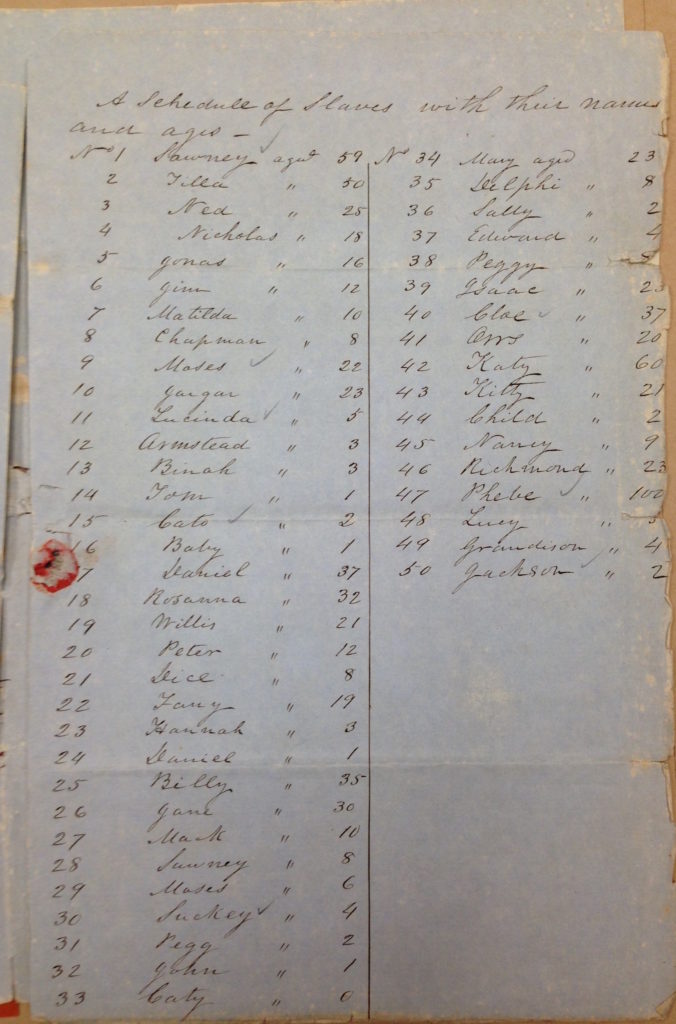
ARTICLES IN THIS ISSUE:
Introduction to Biographic Mediation: On the Uses of Personal Disclosure in Bureaucracy and Politics
Ebony Coletu, guest editor
A Complaint Biography
Sara Ahmed
Lives on the Line: An Interview with Aly Wane
Aly Wane interviewed by Ebony Coletu
The Securitate File as a Record of Psuchegraphy
Cristina Plamadeala
“Has someone taken your passport?”: Everyday Surveillance of the Migrant Laborer as Trafficked Subject
Annie Isabel Fukushima
Guidelines for Squatting: Concerned Citizens of North Camden, 1978–1990
Mercy Romero
Frames of Witness: The Kavanaugh Hearings, Survivor Testimony, and #MeToo
Leigh Gilmore
Call My Name: Using Biographical Storytelling to Reconceptualize the History of African Americans at Clemson University
Rhondda Robinson Thomas
Mirror Memoirs: Amita Swadhin on Survivor Storytelling and the Mediation of Rape Culture
Amita Swadhin interviewed by Ebony Coletu
The Consumption of Adoption and Adoptees in American Middlebrow Culture
Kimberly McKee
(Un)Reasonable, (Un)Necessary, and (In)Appropriate: Biographic Mediation of Neurodivergence in Academic Accommodations
Aimée Morrison
About the Journal
For over forty years, Biography: An Interdisciplinary Quarterly has explored the theoretical, generic, historical, and cultural dimensions of life writing.
Subscriptions
Single issue sales and annual subscriptions for both individuals and institutions available here.
Submissions
Unsolicited manuscripts between 2,500 to 7,500 words are welcome. Email inquiries and editorial correspondence to [email protected].

An Interdisciplinary Quarterly
Vol. 42 No. 3
2019
Hawaiian Journal of History Vol. 53 (2019)
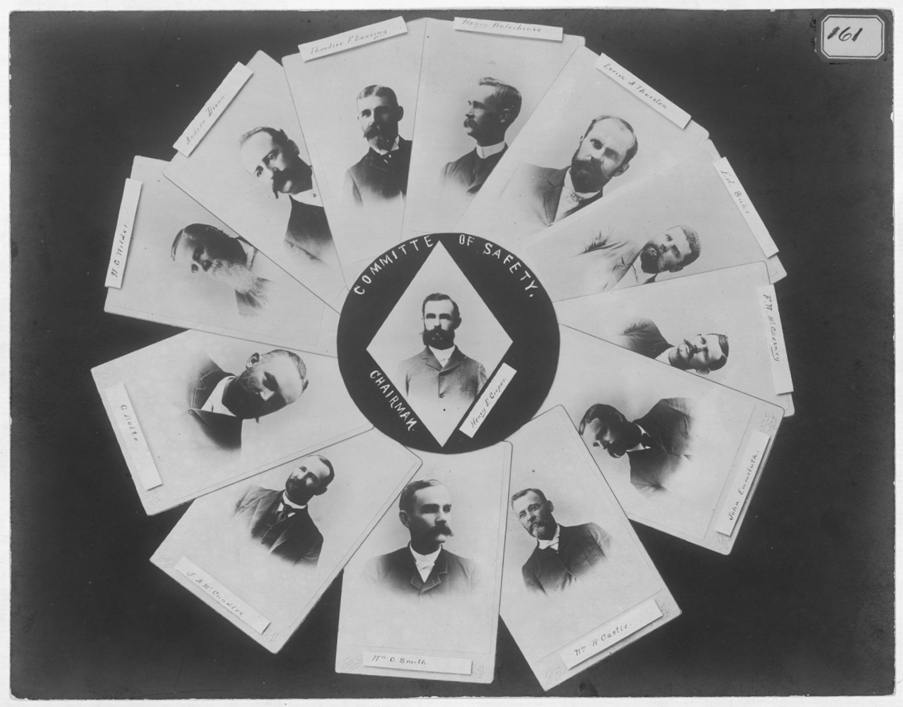
Articles:
The Case of Leslie Satoru Nakashima and His Breaking News Dispatch
Crystal Uchino
Remembering the Committee of Safety: Identifying the Citizenship, Descent and Occupations of the Men Who Overthrew the Monarchy
Ralph Thomas Kam and Jeffrey K. Lyons
The Establishment of Kilauea Military Camp: The Early Years 1898–1921
Jadelyn J. Moniz Nakamura and Geoffrey Mowrer
An Extraordinary Troop: The Boy Scouts Program at Kalaupapa
Fred E. Woods and Anita Manning
“Doing Our Duty”: Dancing, Dating, and the Limits of Tolerance in Wartime Hawaiʻi
Lori Pierce
Notes and Queries:
“Ea Mai Hawaiʻinuiākea”: Marking the Global Diplomatic Presence of the Nineteenth-century Hawaiian Kingdom
Ronald Williams, Jr.
An Inquiry Into Kawaiahaʻo Seminary’s “Melting Pot” Photograph Published in The National Geographic Magazine in 1924
Tomiko Conner
The Kamehameha III Statue in Thomas Square
John Clark
Father Damien’s First Photograph at Kalaupapa Reveal Its Secrets
Ruben Boon and Patrik Jaspers
Book Reviews:
Hawaiian By Birth: Missionary Children, Bicultural Identity, and U.S. Colonialism in the Pacific
Reviewed by Lori Pierce
Light in the Queen’s Garden: Ida May Pope, Pioneer for Hawaiʻi’s Daughters, 1862–1914
Reviewed by Derek Taira
Return to Kahiki: Native Hawaiians in Oceania
Reviewed by Lorenz Gonschor
Kalaupapa Place Names: Waikolu to Nihoa
Reviewed by Christine Thomas
Sharks upon the Land: Colonialism, Indigenous Health, and Culture in Hawai’i, 1778–1855
Reviewed by Juliet Nebolon
Hawaiiana in 2018: A Bibliography of Titles of Historical Interest
Jodie Mattos
About the Journal
Published annually since 1967, the Journal presents original articles on the history of Hawai‘i, Polynesia, and the Pacific area as well as book reviews and an annual bibliography of publications related to Island history. The Hawaiian Historical Society publishes books in both English and Hawaiian, and HJH is a leading peer-reviewed journal that focuses on the history of Native Hawaiians and all other cultures in Hawai‘i during both pre- and post-contact times.
Subscriptions
Individuals may receive the journal by joining the Hawaiian Historical Society.
Submissions
The HJH welcomes scholarly submissions from all writers. See the Guidelines for Contributors.
You can also read more about this issue at the Hawaiian Historical Society’s website.

Vol. 53
2019
From the Backstage of Publishing: Memories of Milton Murayama
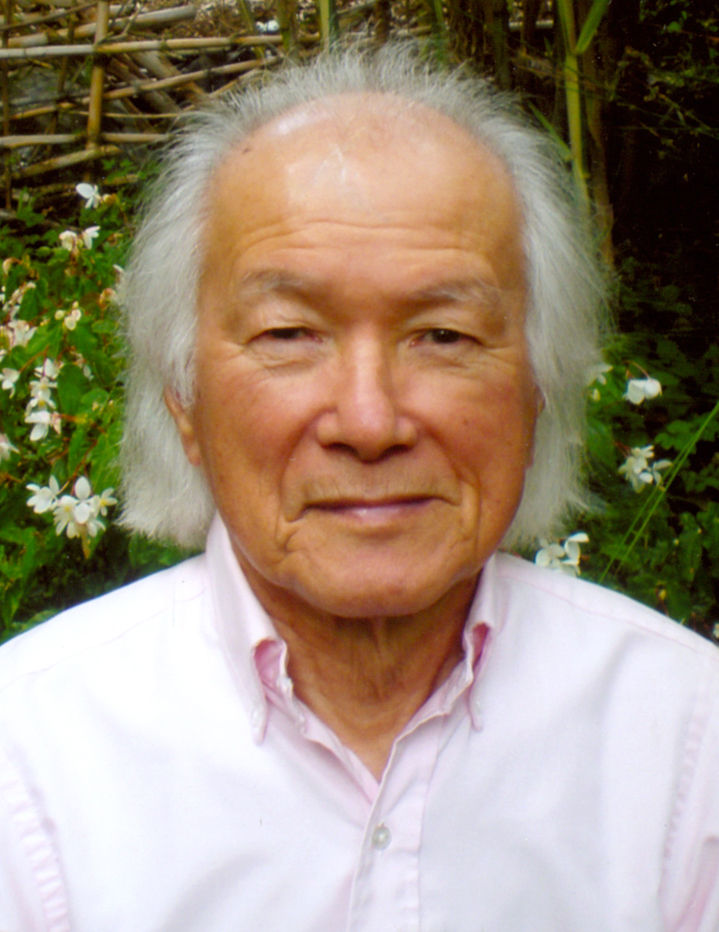 Originally this post was a way to mark this month’s Asian/Pacific American Heritage Month by sharing personal memories from an editorial perspective of a pioneering Asian American literary icon, Milton Murayama. It has grown to include other remembrances from a marketing perspective. We are all proud to be the publisher of his bestselling novels.
Originally this post was a way to mark this month’s Asian/Pacific American Heritage Month by sharing personal memories from an editorial perspective of a pioneering Asian American literary icon, Milton Murayama. It has grown to include other remembrances from a marketing perspective. We are all proud to be the publisher of his bestselling novels.
Masako Ikeda, Acquisitions:
I only met Milton Murayama once, at the Asian American studies conference held in Honolulu in 1991. I tagged along with Sharon Yamamoto, who acquired his manuscripts for Five Years on a Rock and then Plantation Boy. Nothing at that meeting was particularly memorable as I sort of stood in the background, but I ended up enjoying serving as his managing editor for those two books. We wrote letters back and forth and continued to do so even as the century changed. Most of the time all he said in his letters was that he wanted to buy copies of his books or he was writing a new book, which wouldn’t be finished for a while.
After Five Years our production department held onto an old computer drive knowing that Milton had not updated his system and refused to do so. Our marketing staff coaxed him a number of times: “Milton, I’ll help you set it all up.” He kept sending me hard copy manuscripts with perforations on both ends along with five-inch floppy disks. The manuscript wasn’t complete so he wanted everything back, including the floppy disks, which he couldn’t find anymore. Right before he sent the 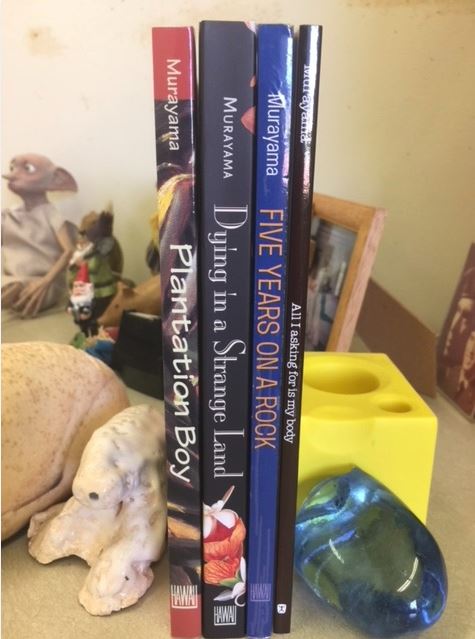 very final manuscript, which eventually became Dying in a Strange Land, we had gotten rid of the drive, and there was no way to read his WordPerfect files. I ended up asking our Production staffer to keystroke everything, which she did in three days.
very final manuscript, which eventually became Dying in a Strange Land, we had gotten rid of the drive, and there was no way to read his WordPerfect files. I ended up asking our Production staffer to keystroke everything, which she did in three days.
Communication with Milton was always interesting and often a little strange. He’d call to complain about the copy editor who didn’t understand that “Pidgin English doesn’t have ellipses points, or letter spaces in between.” He would also hesitate to say “Okay bye” and hang up the phone, so our conversation would go on for a long time with several seconds of dead silence breaking our talks in the most uncomfortable way.
Milton passed away in July 2016, and I didn’t know it until a month later when we saw the obituary in the Sunday paper. I felt guilty for not staying in touch. I do think of him quite often just as I think about Sharon, his true editor, whose passing was almost fourteen years earlier.
Steven Hirashima, Marketing:
My fondest memories of Milton would be visiting his fudge brown three-story home in the hillside area of Glen Park of San Francisco. Whenever I was in town I would always make a point to book a visit. The ritual was always the same. I would call to say I’m leaving the hotel and heading for the Union Square BART Station. Once at Glen Park, I would call to say I arrived and no more than five minutes later Milton would arrive in his old Toyota and we would head up the steep and winding road to his “retreat in the hills.”

Overlooking the flatlands of the city with Candlestick Park and SFO to the west, I would always be given a tour as to what was updated or repurposed around the house since my last visit (the actor Lou Diamond Phillips’s childhood family had been a previous neighbor), from a newly reapportioned sunroom downstairs to a section outside with a bed of spring flowers to Milton’s designated writing room where tucked in a corner would be his antique word processor (a Commodore 64), which I almost convinced him to ditch in favor of a newfangled Mac but he never wavered and remained forever faithful to his trusty machine.
Any trip to the Murayamas would invariably end in the kitchen where Milton and Dawn were the most gracious of hosts. We would often gather around the large formal dinner table for spirited conversation from his next book project or his time in the 442nd, feasting on a bowl of delicious Alaskan King crab legs and steamed garlic brussels sprouts, masterfully prepared by Milton only minutes before. Looking back, they were wonderful and precious times. How I long for another afternoon with Milton. Until then, God Speed and Aloha.
Carol Abe, Marketing:
My very first encounter with Milton was in 1975, the year his original edition of All I Asking for Is My Body published, the green one with the bamboo forest on the cover and an overly large “$3” printed on the back 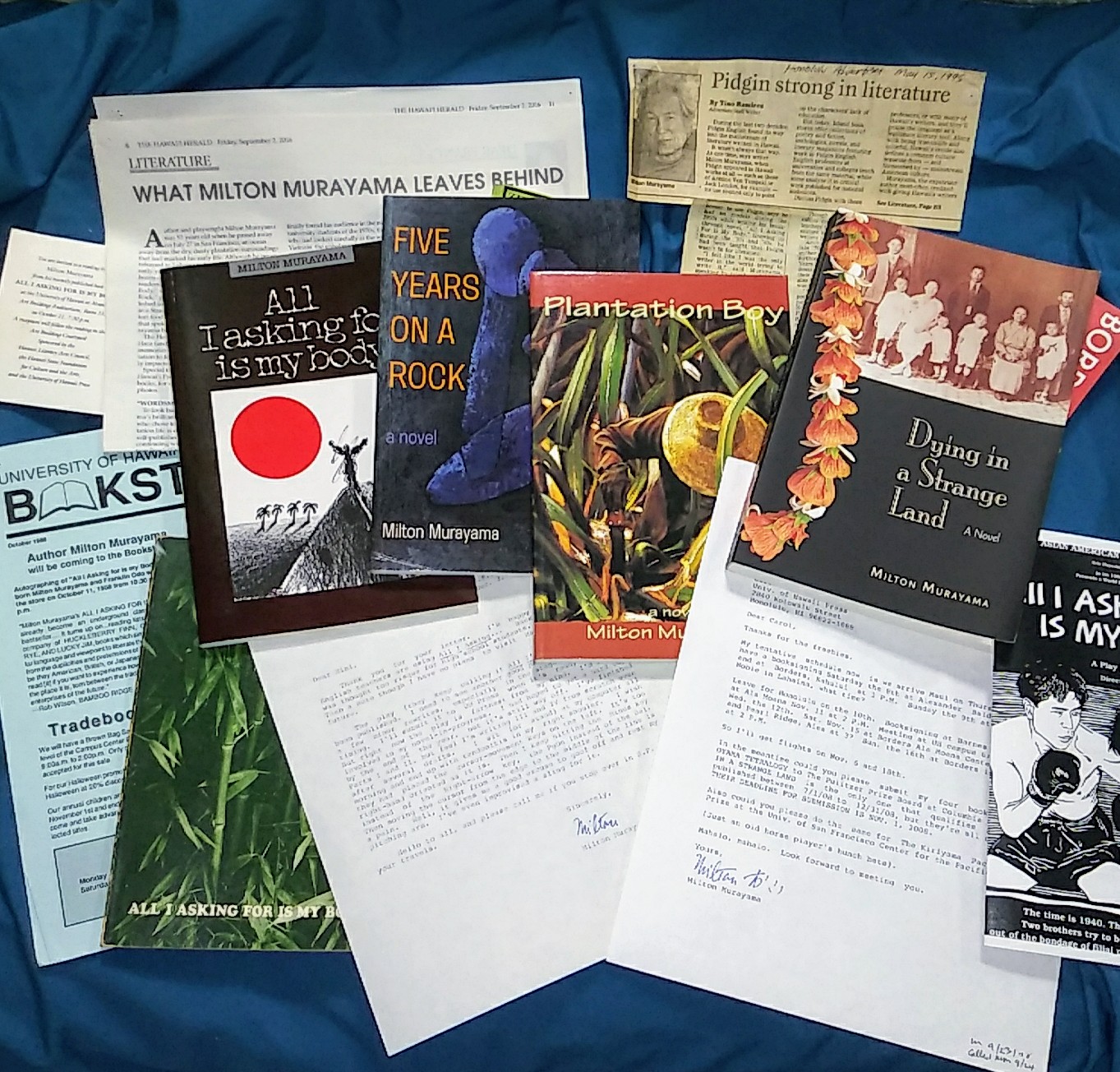 cover. He and wife Dawn lined up signings at Honolulu Book Shops, at which I was a bookstore clerk (we weren’t called “booksellers” until twenty years later). Of course I bought a copy with my generous employee discount and had it signed, but didn’t otherwise have a personal connection to him. Jump to 2008: I’d been at UH Press for ten years and we released Milton’s fourth and final novel in his tetralogy about the Oyama family. Steve Hirashima had switched to managing our Asian studies list and I did the same for our Hawai‘i, Pacific, and Asian American titles.
cover. He and wife Dawn lined up signings at Honolulu Book Shops, at which I was a bookstore clerk (we weren’t called “booksellers” until twenty years later). Of course I bought a copy with my generous employee discount and had it signed, but didn’t otherwise have a personal connection to him. Jump to 2008: I’d been at UH Press for ten years and we released Milton’s fourth and final novel in his tetralogy about the Oyama family. Steve Hirashima had switched to managing our Asian studies list and I did the same for our Hawai‘i, Pacific, and Asian American titles.
Dying in a Strange Land had a pub date of June but Milton called and said he would wait to visit in the fall, when it’d be cooler, and he only wanted to do low-key promotion of a few bookstore signings. Then, as now, the Press had no travel funds to support a book tour anyway. He finally decided November would be a good time to come and would do Maui and O‘ahu signings, but no readings or talks. So I booked a combination of Barnes & Noble and Borders stores that followed his wishes and filled his itinerary. We corresponded by snail mail and exchanged letters. In one of these, Milton revealed some of the real-life equivalents to the characters in his books. He wrote, “There’s more fact than fiction in my stories.”
After a fan of his scolded me for not paying for his travel and doing him justice, a series of serendipitous things happened that culminated in an event more befitting of a literary icon, “Revisiting Murayama: From Plantation to Diaspora.” Gary Pak, as it happened, had videotaped an interview with Milton that he still needed to screen; the amazing Marie Hara agreed to be co-organizer and was a conduit to both UHM English department and Bamboo Ridge; Craig Howes put me in touch with Phyllis  Look, who had directed a play of All I Asking. The program developed further by recruiting Arnold Hiura, Lee Cataluna, and one of our student employees, Tricia Tolentino, all tied together with Steve as emcee. (And, by rolling the dice, we obtained funding from SEED and Hawai‘i Council for the Humanities, including an honorarium for Milton.)
Look, who had directed a play of All I Asking. The program developed further by recruiting Arnold Hiura, Lee Cataluna, and one of our student employees, Tricia Tolentino, all tied together with Steve as emcee. (And, by rolling the dice, we obtained funding from SEED and Hawai‘i Council for the Humanities, including an honorarium for Milton.)
During their visit, I had chauffeured Milton and Dawn to four or five appearances, perhaps being a bit manic in my driving. At the end, I asked Milton to sign my copy of Dying in a Strange Land. We all laughed warmly as I read his inscription: “It’s been fun getting to know you. I love smart flaky women, who’re also good drivers.” It was my honor and pleasure to have been a tiny part of his life.
+++
Each of Milton’s novels can be read separately and not in sequence. Dying in a Strange Land is on sale now, at a very special price—click here to order.
Samuel Hideo Yamashita on the “Japanese Turn” and Hawaii Regional Cuisine
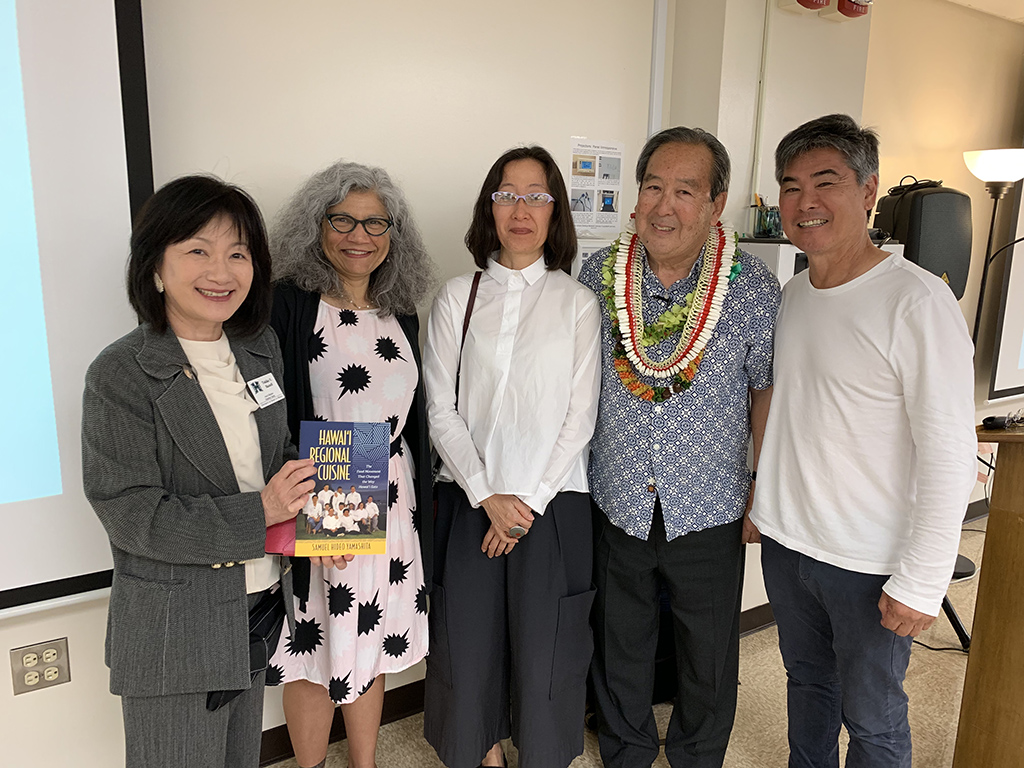
Pomona College history professor Samuel Yamashita‘s lecture on what he calls the “Japanese Turn” in fine dining drew a full house to University of Hawai‘i at Mānoa Hamilton Library last week (April 17). Audience members included well-known chef Roy Yamaguchi, who was part of this “turn” during his years in Los Angeles when he pioneered Euro-Asian cuisine. As a tie-in, advance copies and flyers were displayed of Professor Yamashita’s 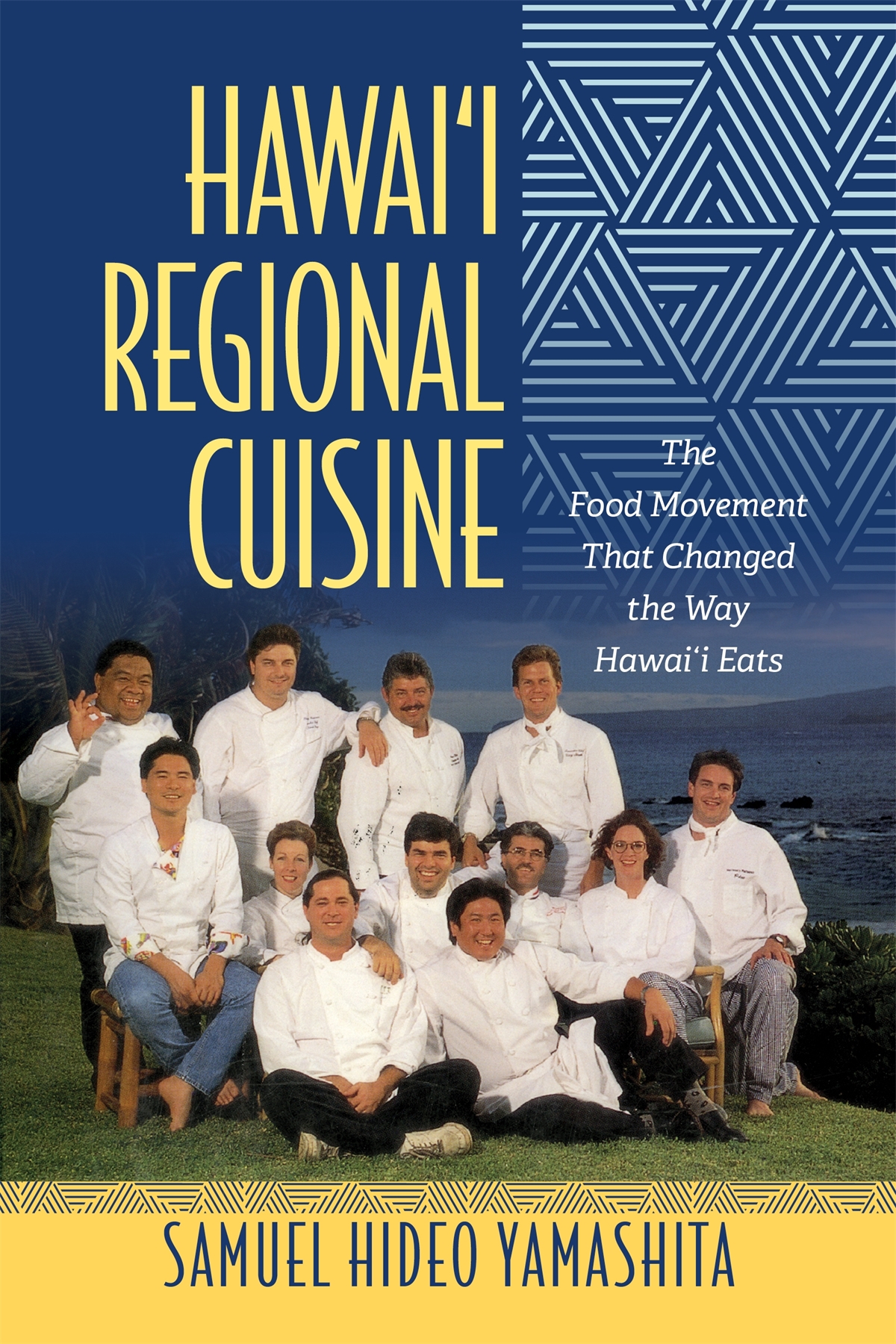 new UH Press book, HAWAI‘I REGIONAL CUISINE: The Food Movement That Changed the Way Hawai‘i Eats. His talk was related to the library’s exhibit by Japan collection librarian Tokiko Bazzell, “Washoku: Japanese Foods & Flavors,”
new UH Press book, HAWAI‘I REGIONAL CUISINE: The Food Movement That Changed the Way Hawai‘i Eats. His talk was related to the library’s exhibit by Japan collection librarian Tokiko Bazzell, “Washoku: Japanese Foods & Flavors,” 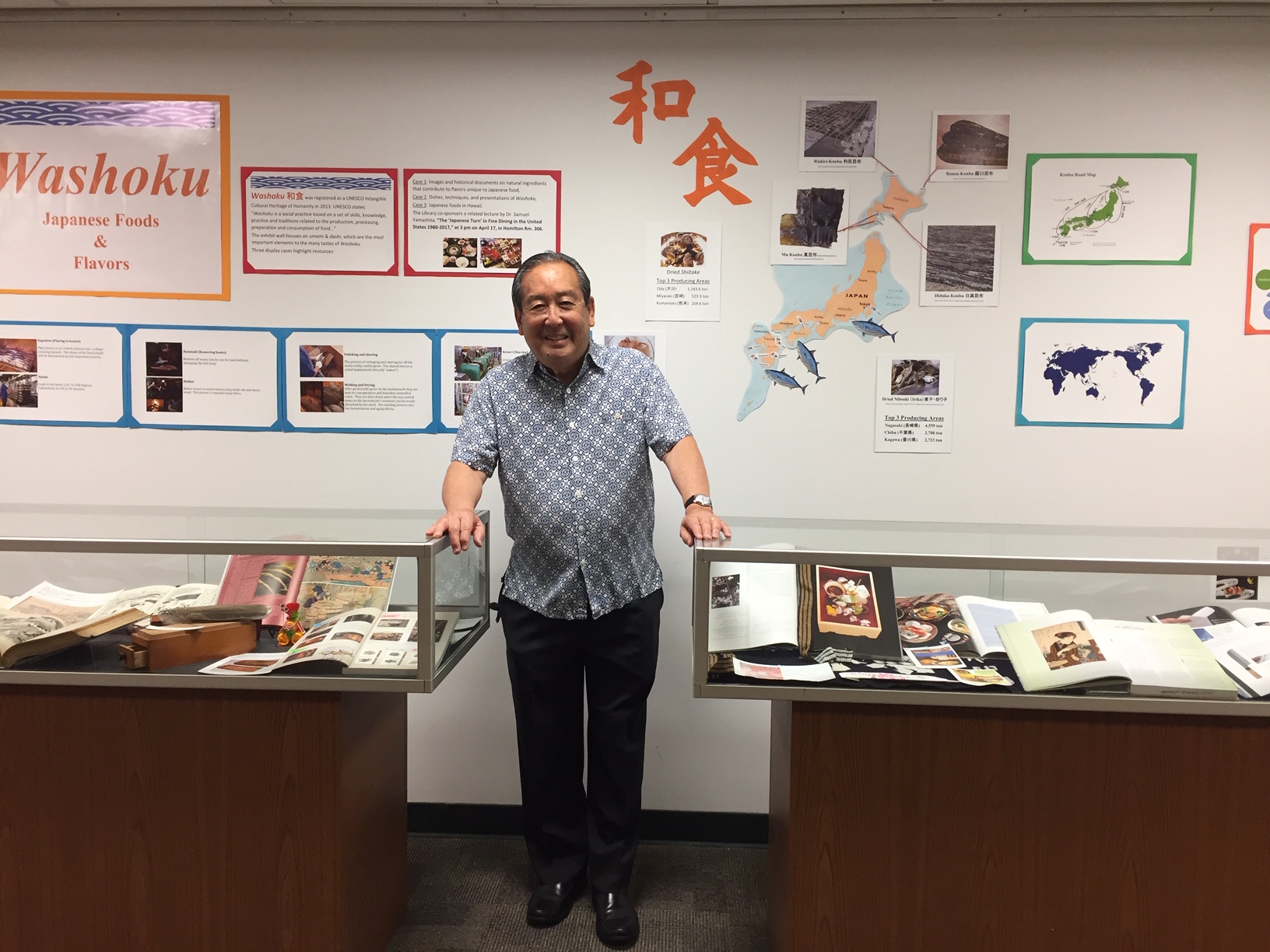 which is on display until May 27 in Hamilton Library’s First Floor Elevator Gallery.
which is on display until May 27 in Hamilton Library’s First Floor Elevator Gallery.
Read the wonderfully comprehensive information and view more photos on the event here. Yamashita will be returning to Honolulu in mid-July to launch Hawai‘i Regional Cuisine; meanwhile, order the book here. If you would like to be notified of the July events, 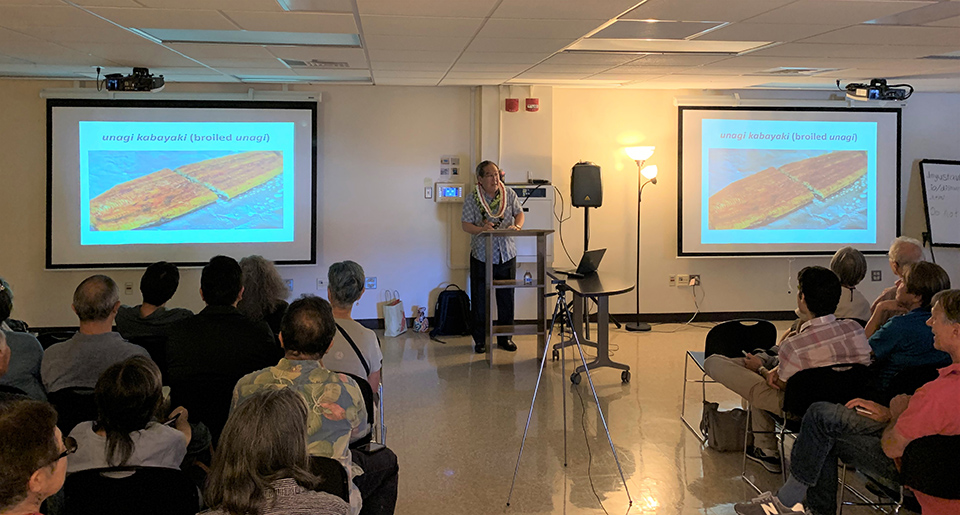 contact Carol Abe in the UH Press marketing department. Mahalo to the UH Libraries and other sponsors for hosting Professor Yamashita during his UH Mānoa visit: UHM Center for Japanese Studies, UHM Department of American Studies, UHM Department of Women’s Studies, Kapi‘olani Community College, and UHM Student Equity, Excellence and Diversity (SEED).
contact Carol Abe in the UH Press marketing department. Mahalo to the UH Libraries and other sponsors for hosting Professor Yamashita during his UH Mānoa visit: UHM Center for Japanese Studies, UHM Department of American Studies, UHM Department of Women’s Studies, Kapi‘olani Community College, and UHM Student Equity, Excellence and Diversity (SEED).
Dubious Gastronomy: The Cultural Politics of Eating Asian in the USA
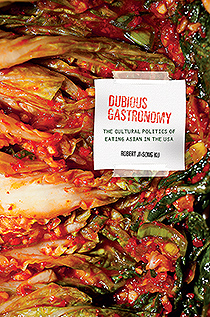 Dubious Gastronomy is the inaugural title in the Food in Asia and the Pacific series—
Dubious Gastronomy is the inaugural title in the Food in Asia and the Pacific series—
California roll, Chinese take-out, American-made kimchi, dogmeat, monosodium glutamate, SPAM—all are examples of what Robert Ji-Song Ku calls “dubious” foods. Strongly associated with Asian and Asian American gastronomy, they are commonly understood as ersatz, depraved, or simply bad. In Dubious Gastronomy, Ku contends that these foods are viewed similarly to Asians in the United States, in that the Asian presence, be it culinary or corporeal, is often considered watered-down, counterfeit, or debased manifestations of the “real thing.” The American expression of Asianness is defined as doubly inauthentic—as insufficiently Asian and unreliably American when measured against a largely ideological if not entirely political standard of authentic Asia and America.
In critically considering the impure and hybridized with serious and often whimsical intent, he argues that while the notion of cultural authenticity is troubled, troubling, and troublesome, the apocryphal is not necessarily a bad thing: The dubious can be and is often quite delicious.
Profile of Jazz Artist Gabe Baltazar Airs on Voice of America
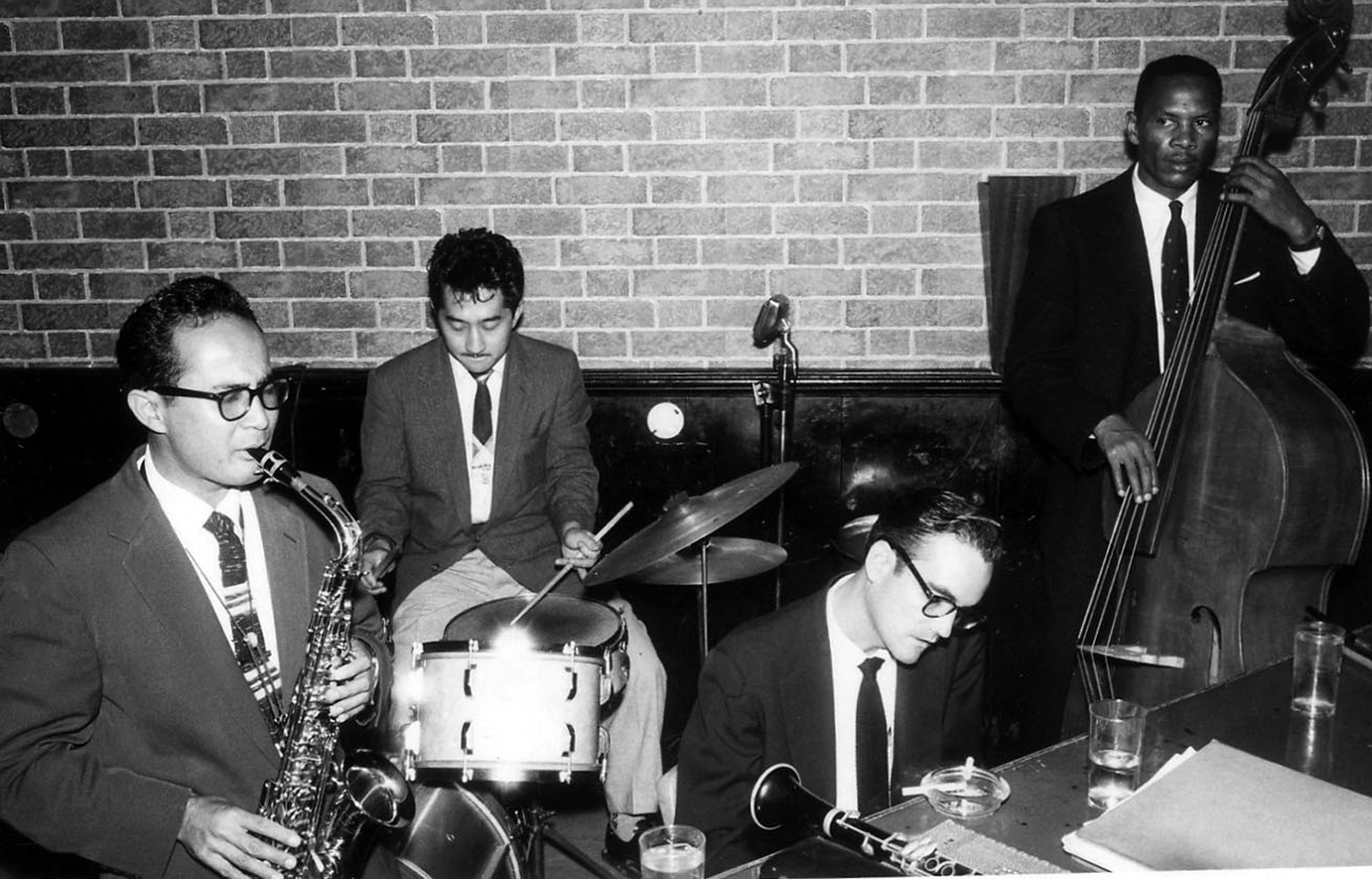
Broadcast journalist Heidi Chang‘s story on Gabe Baltazar Jr. as a pioneering Asian American jazz musician aired internationally on Voice of America. The show is archived on the VOA website; click here to read and listen (and comment!). It reveals just a sampling of what is in Gabe’s autobiography, If It Swings, It’s Music.
An American Girl in the Hawaiian Islands Earns AAUP Outstanding Rating
Each year the Association of American University Presses (AAUP) compiles its University Press Books for Public and Secondary Schools Libraries, a bibliography of titles submitted by member presses as a tool for collection development. The books are rated by committees of public and secondary-school librarians from two divisions of the American Library Association.
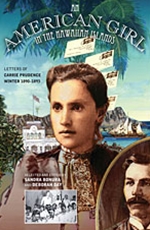 In this year’s collection, An American Girl in the Hawaiian Islands: Letters of Carrie Prudence Winter, 1890–1893, edited by Sandra Bonura and Deborah Day, received a top “Outstanding” rating. As defined by the selection process, Outstanding titles have “exceptional editorial content and subject matter. They are essential additions to most library collections.”
In this year’s collection, An American Girl in the Hawaiian Islands: Letters of Carrie Prudence Winter, 1890–1893, edited by Sandra Bonura and Deborah Day, received a top “Outstanding” rating. As defined by the selection process, Outstanding titles have “exceptional editorial content and subject matter. They are essential additions to most library collections.”
The reviewer’s comments below can be viewed at the end of the listing (sorted by Dewey Decimal class) of the 2013 Outstanding Titles.
The use of Carrie Prudence Winter’s original letters is what allows this book to become a rare primary source on topics such as: women missionaries, the last days of Hawaii’s monarchy, and a long-distance 19th century courtship. Ms. Winter’s use of language paints a compelling picture, engaging a reader’s imagination while they learn of a world few knew so intimately.”—Stacey Hayman (CODES/RUSA)
Besides being available online, the print bibliography was distributed last month at the American Library Association annual conference in Chicago. General information on the bibliography and rating system, as well as how to order copies, can be found here.
An American Girl in the Hawaiian Islands also was one of three finalists in the biography category of this year’s San Diego Book Awards.






